|
History of the Masonic Building
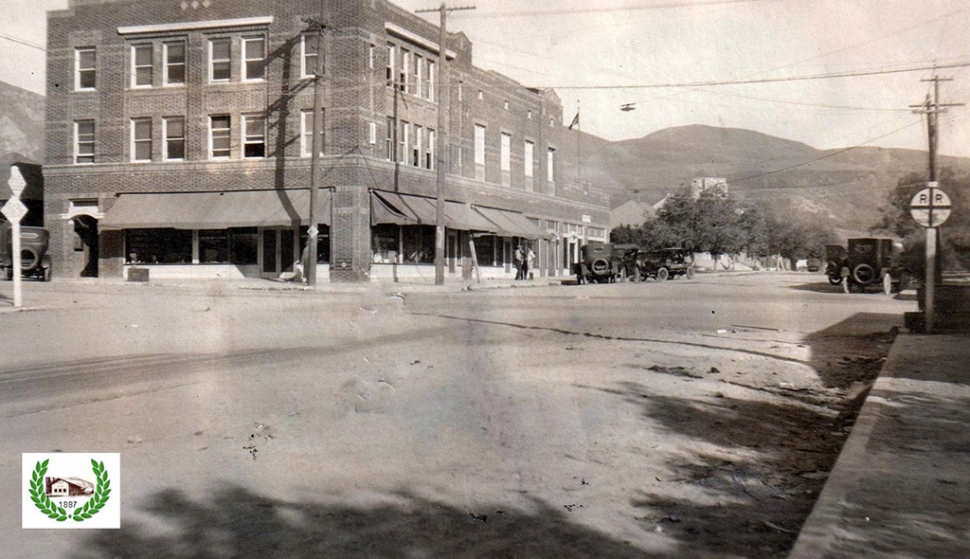 Masonic Building ciraca 1920. By Gazette Staff Writers — Wednesday, September 15th, 2021
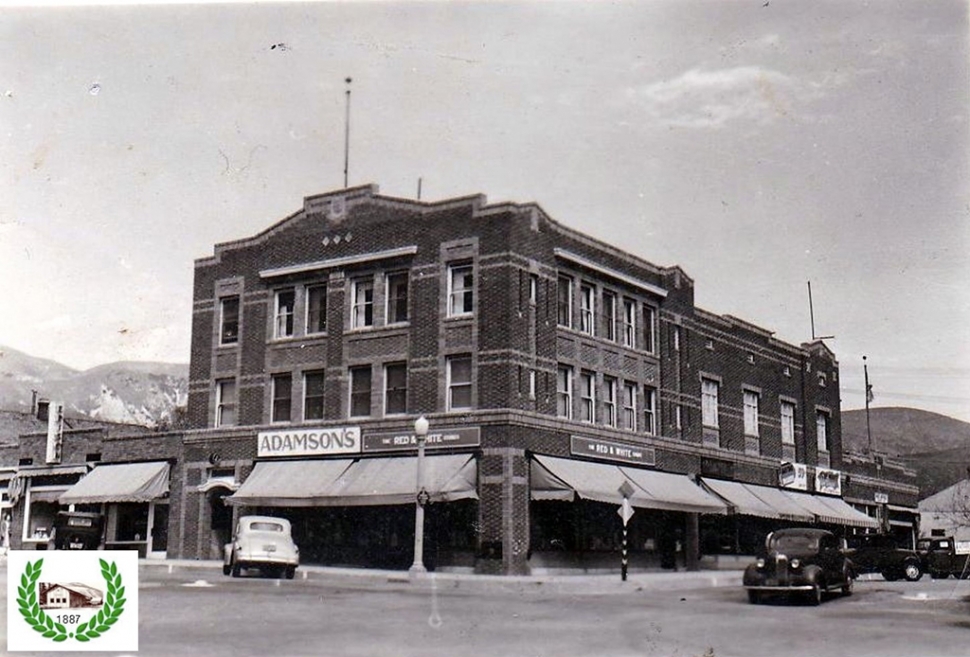 Masonic Building circa 1930. 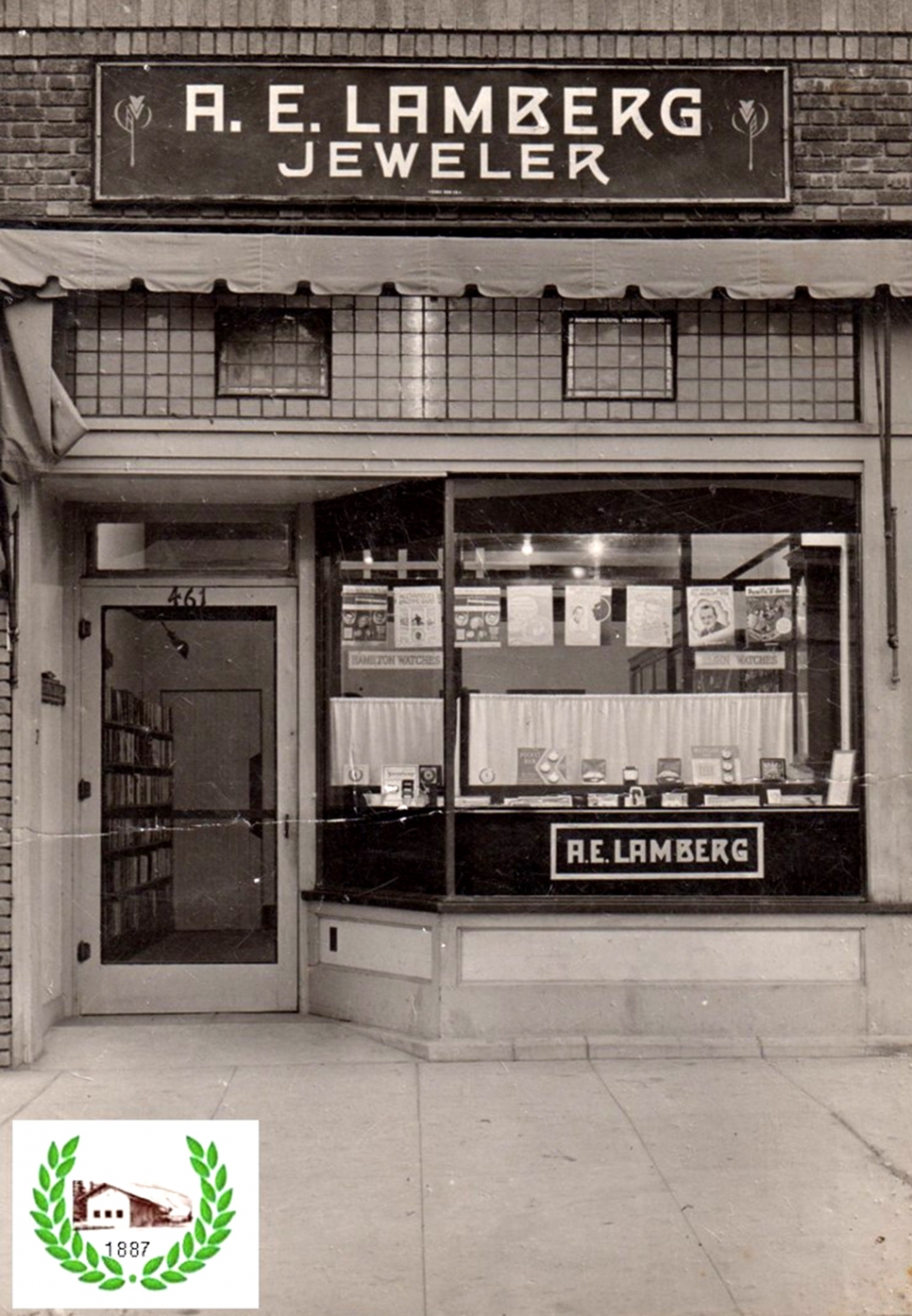 Lamberg Jewelry circa 1930. 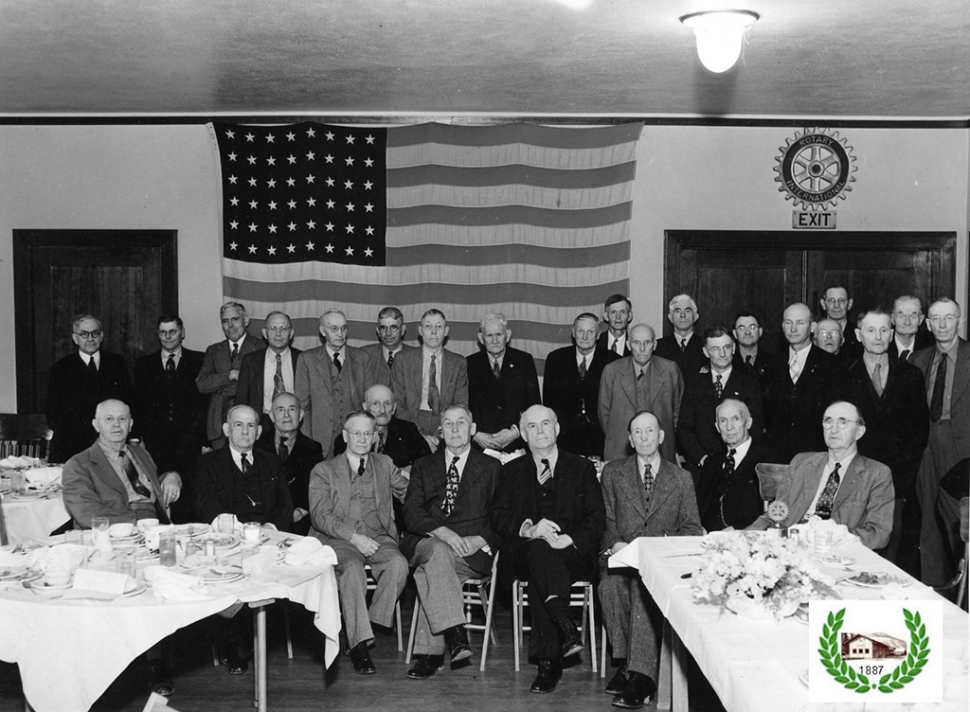 Rotary Old Timer's Dinner 1939 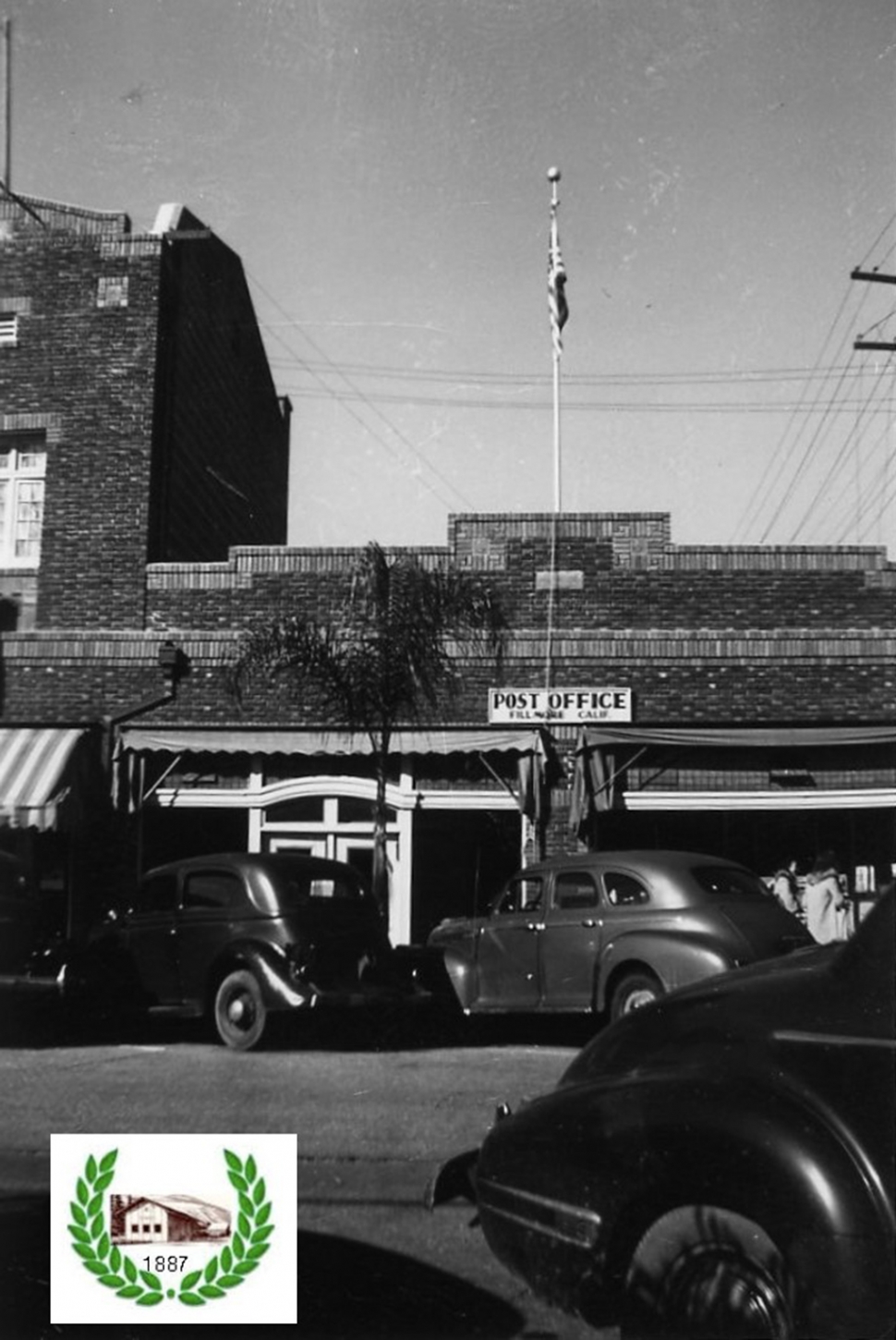 Post Office in the 1930s. 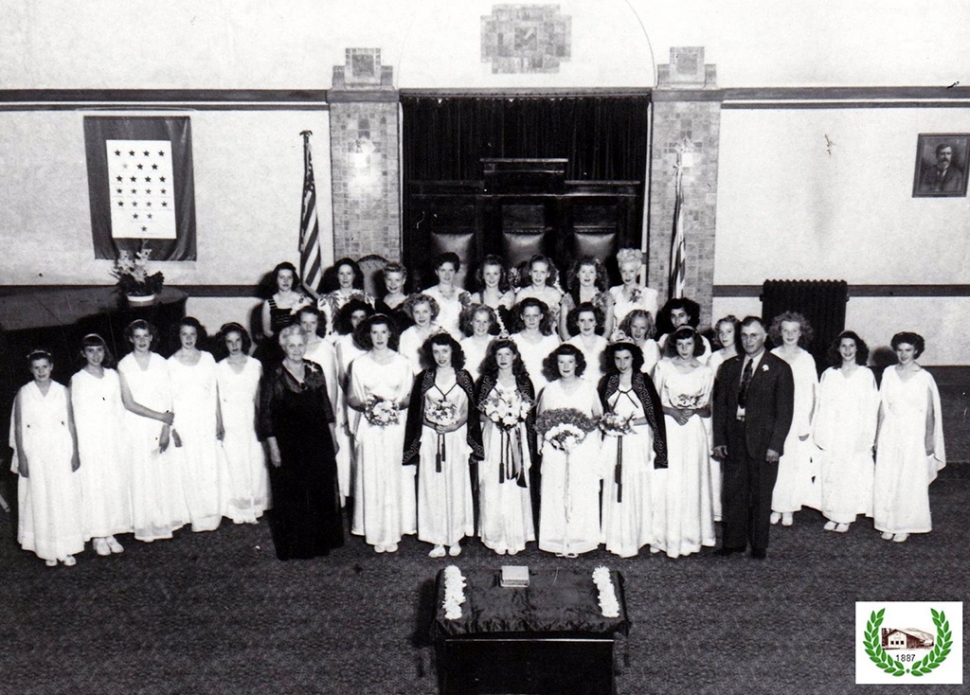 Job's Daughters Bethel 90 circa 1946. 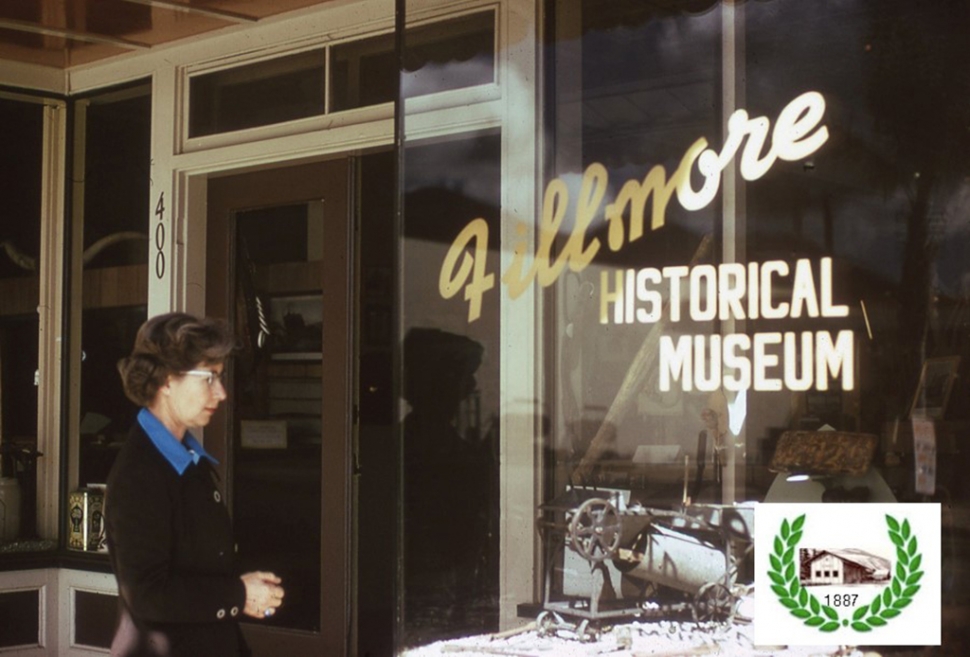 Fillmore Historical Museum circa 1973. 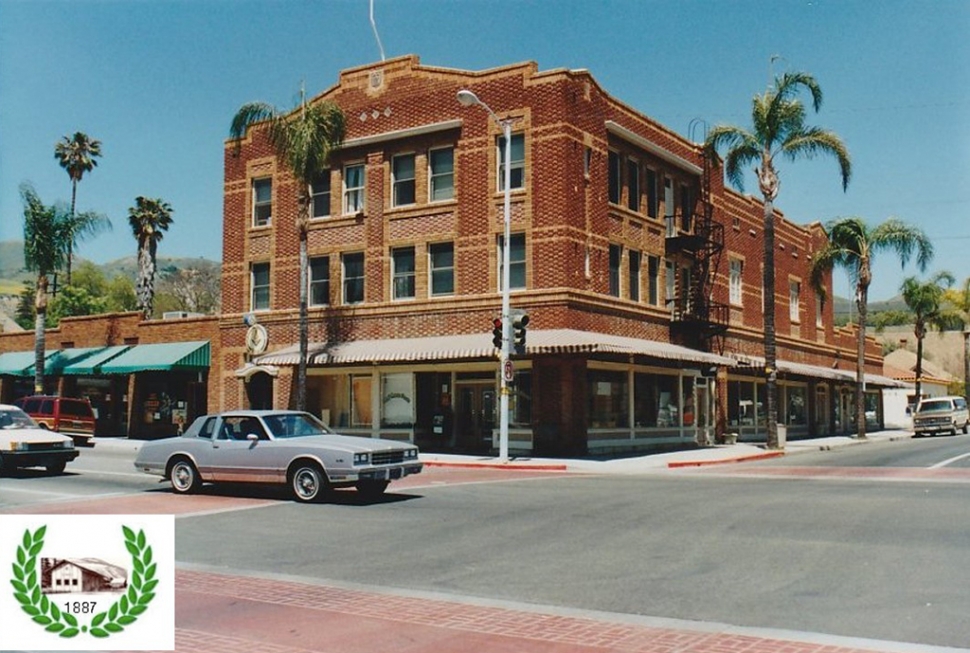 Masonic Building in 1990. 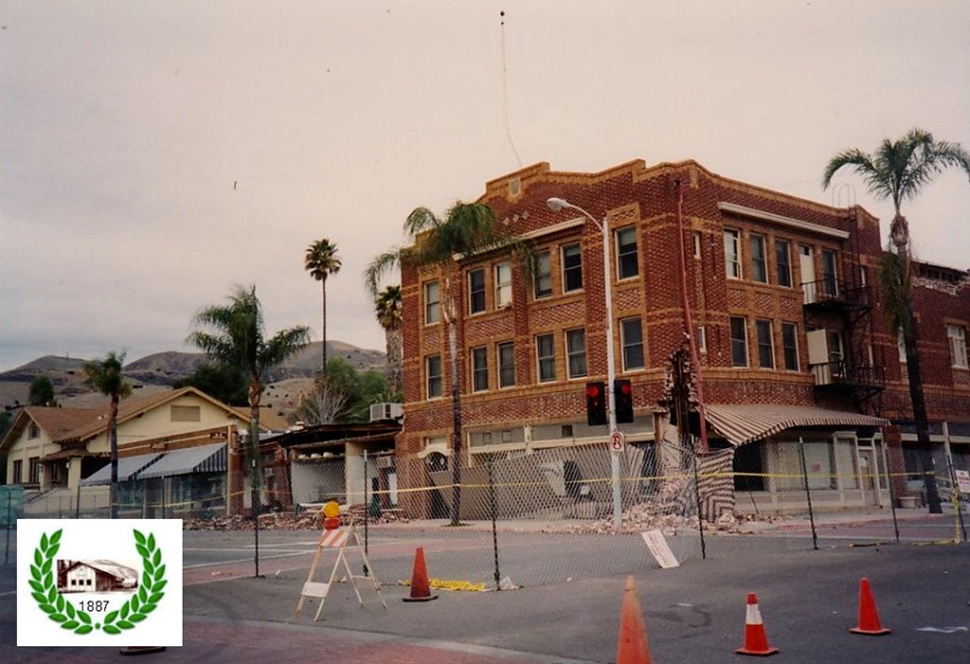 Masonic Building January 1994. Courtesy Fillmore Historical Museum The Fillmore State Bank was incorporated in 1905 and soon thereafter moved into its own building (which is still standing) on the southeast corner of Central and Santa Clara Avenue. It is a two-story building, and the bank occupied the ground floor. The second floor was leased to the Fillmore Masonic Temple. Within a decade both groups outgrew their quarters and built two significant buildings in Fillmore. The Fillmore State Bank built a new bank building which still stands on the northeast corner of Main and Central, which is currently vacant. The Masons built a three-story structure on the northeast corner of Central and Sespe. This is the focus of this article, unfortunately it is a landmark that was lost in the 1994 Earthquake. Some background on Masonry is necessary. The term refers to fraternal organizations which trace their origins to local stonemason guilds from the late 1400’s in the British Isles. Many of the United States’ founding fathers belonged to the Masons including Washington, Jefferson and Franklin. The Fillmore Lodge was begun in 1906 as a spin off from the Santa Paula Lodge, it continued until the destruction of their building forced them to merge again with Santa Paula. The building itself was owned by the Fillmore Masonic Temple Association who rented to the various businesses and organizations which occupied it including the Fillmore Masonic Lodge 379. The Lodge was on the second and third floors of the building. Affiliated organizations such as Eastern Star and Jobs Daughters also used the facility. On the third floor was a large room and kitchen which was used by many local groups including Rotary. The ground floor was occupied by various businesses and offices. The “anchor” business was a grocery store on the corner facing Central Avenue. The first store we have a record of was Reinemen’s General Merchandise. This was replaced by the Red and White Store owned first by F. H. Adamson in 1922, and later by Glen Fansler, Sr. from 1942 to 1962. Regular customers ran monthly tabs and the store would deliver to the home. Like other grocery stores in Fillmore, the store had no meat counter. If a customer ordered meat, the store owner would go down to Coleman’s Meat Market and pick it up for the customer and included it in the order. The one story section on the north side of the main building housed at various times the local library, Hutchins’ Cleaners and the Christian Science Reading Room among other concerns. In 1972, the newly formed Fillmore Historical Museum moved into the ground floor of the Masonic Building. There it remained until the Southern Pacific Depot was purchased by Edith Moore Jarrett. After it was moved and renovated, it became the new home of the Museum at 444 Main Street next to the former fire station. When Fillmore incorporated in 1914, the time seemed right for a larger, more convenient post office. When the modern elegant Masonic Temple was built in 1919, space was provided at 455 Sespe Avenue, the post office opened for business there on Monday morning, January 5, 1920 and remained there until it was moved to its current location on Central Avenue. The area vacated by the Post Office became the location of the Municipal Court in the late 1950s and for a brief time the local library (having moved from the Central Avenue side of the building) and various other businesses. Also on the Sespe Street side of the building was A.E. Lamberg Jewelry Store. In addition to running the jewelry store, Mrs. Lamberg ran a lending library during the 1930s and Mr. Lamberg gave music lessons and conducted a community band. This all ended on the morning of January 17, 1994 when the Northridge Earthquake struck. The unreinforced masonry could not withstand the quake and the walls partially collapsed. The building was demolished but the many memories of it remain. |
